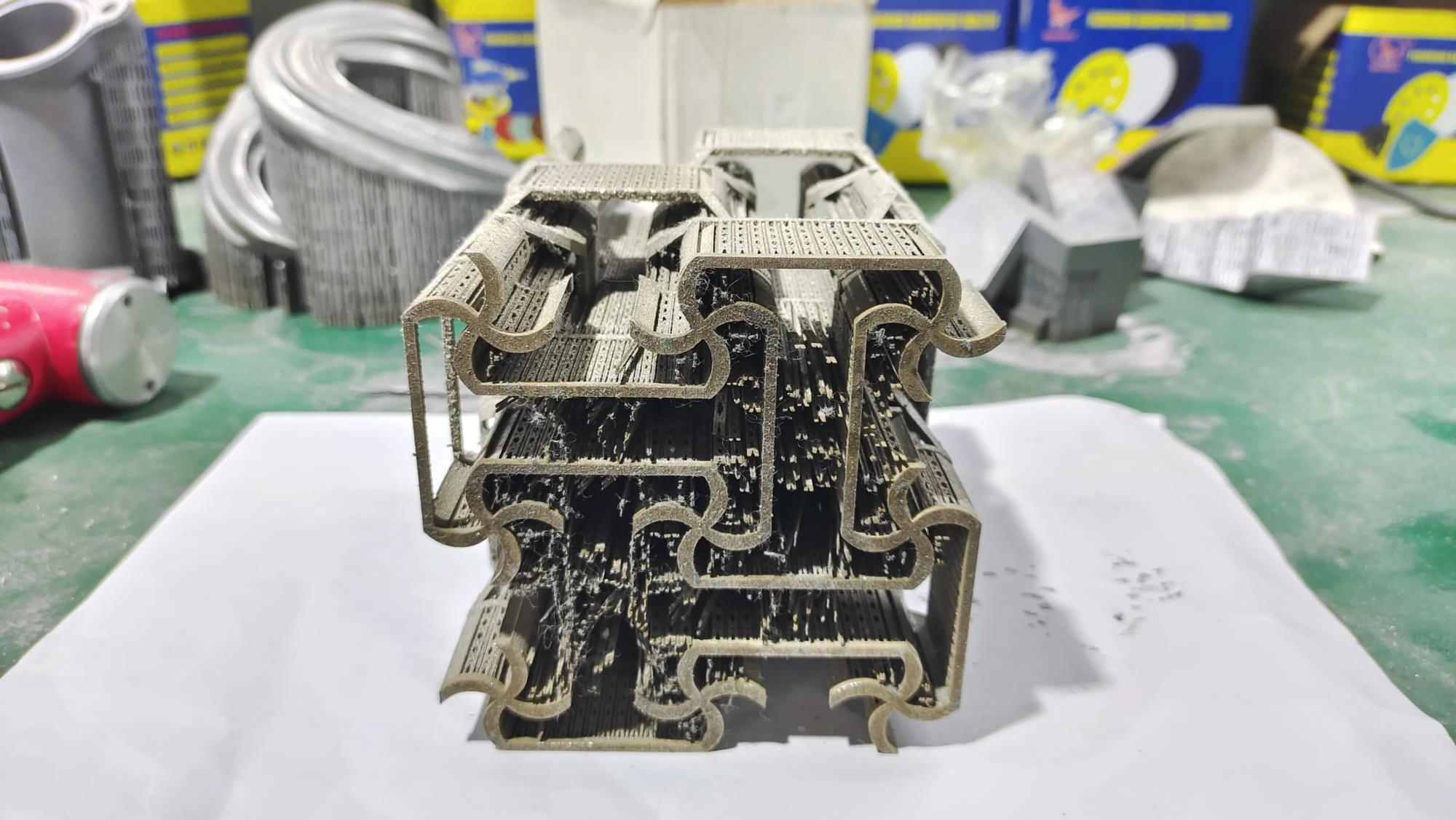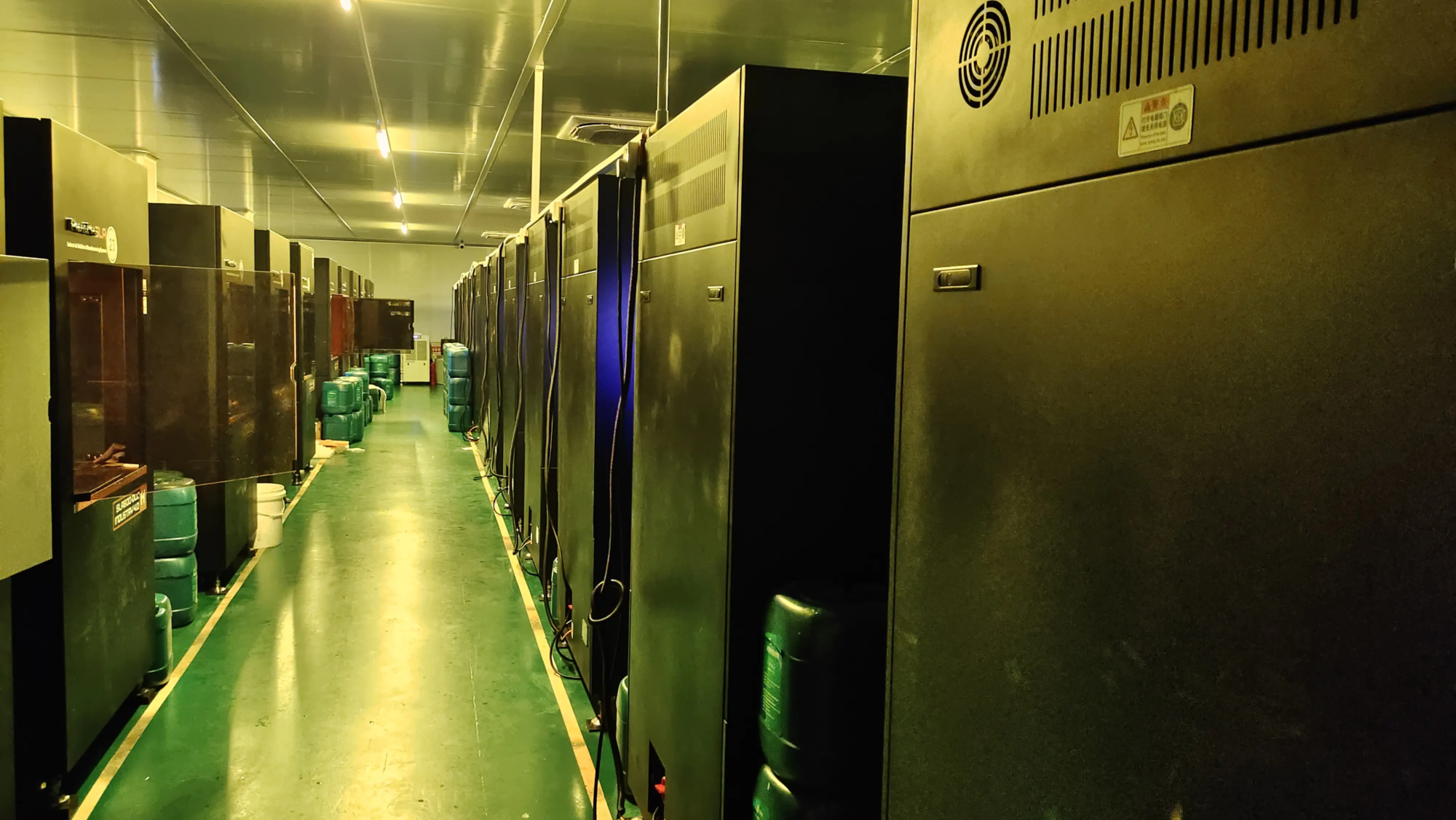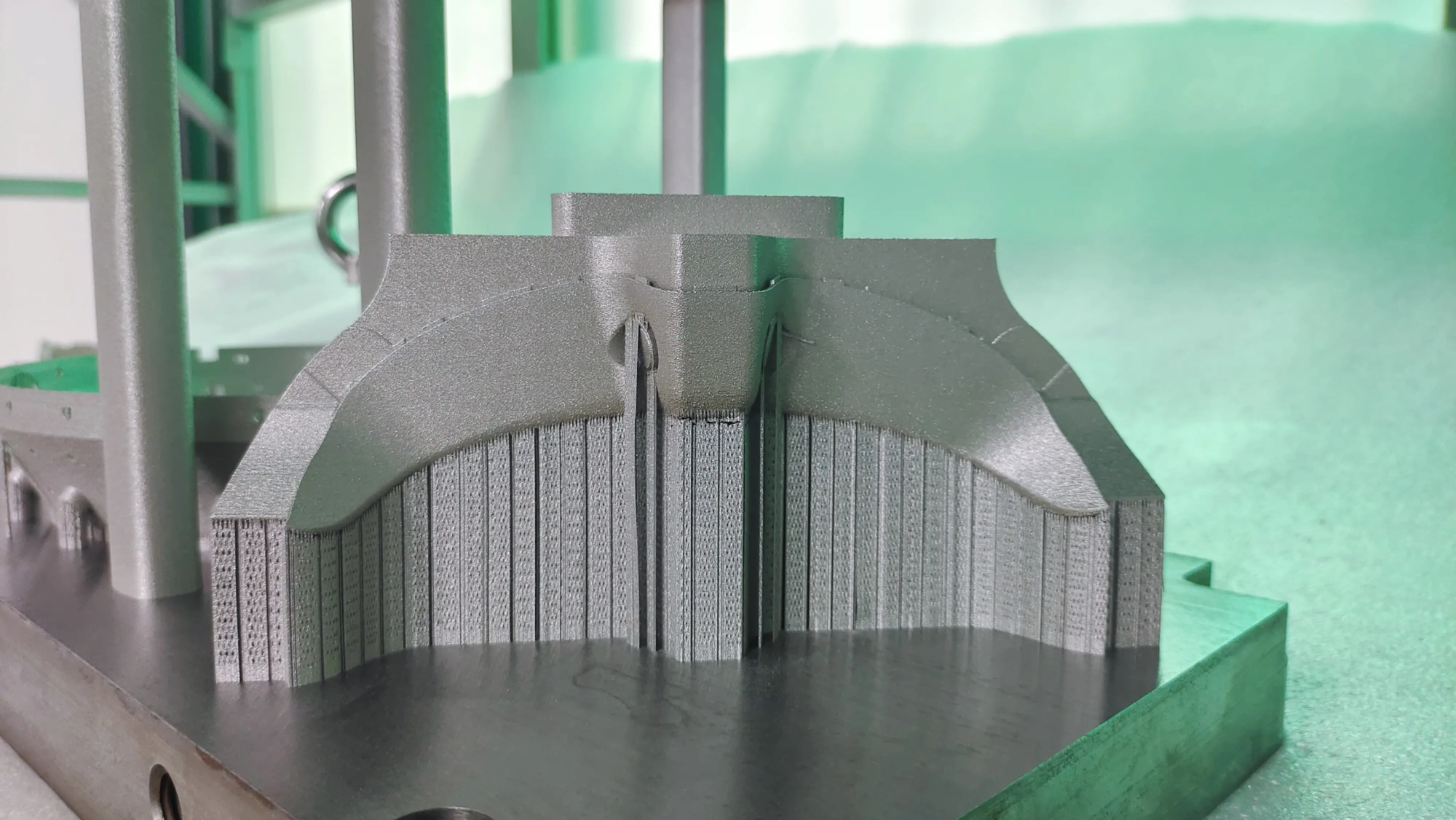As technology continues to evolve, the world of 3D printing has witnessed tremendous advances, changing the way we design, produce and interact with objects. Among these advances, transparent 3D printing has become a pioneering innovation that offers unparalleled possibilities for a variety of industries including healthcare, aerospace and automotive. This blog post delves into the realm of transparent 3D printing, exploring its principles, applications and future.
Introduction to transparent 3D printing
Transparent 3D printing involves transparent or completely transparent objects achieved by using specialized materials and printing techniques. This form of 3D printing is particularly useful for the production of parts that require visibility, such as medical models, lighting components or architectural models. Transparency can be achieved by selecting the appropriate printing material (such as transparent resin or glasses) and optimizing printing parameters to minimize opacity.
Application of transparent 3D printing
The applications of transparent 3D printing are huge and diverse, marking a major leap in various departments:
Medical Department: Transparent 3D printing is used to create detailed models of organs and tissues, aiding in surgical planning and medical education. It can also produce custom transparent implants and prosthetics.
Aerospace and Automotive: In these industries, lightweight and transparent components are essential to create parts that are not only visually attractive but also functionally purpose, such as dashboard components or aircraft windows.
Optics and lighting: Transparent 3D printing is crucial in producing lenses, optical components and custom lighting fixtures, where transparency and accuracy of printed parts are crucial.
- Art and Architecture: Artists and architects use transparent 3D printing to create amazing visual models and prototypes, thus breaking the boundaries of design and aesthetics.
Challenges and future directions
Despite the excitement around transparent 3D printing, there are still some challenges to be addressed, including the limitations of current printed materials, the balancing behavior between transparency and durability, and high production costs. Researchers and manufacturers have been working to develop new materials and improve printing technology to overcome these obstacles. The future of transparent 3D printing looks promising, with potential advances in nanotechnology and integration of artificial intelligence during printing.
in conclusion
Transparent 3D printing represents a significant leap in the field of additive manufacturing, offering unprecedented design freedom and functional possibilities. As technological advancements and challenges gradually overcome, we can expect transparent 3D printing to play an important role in shaping the industry and revolutionizing the way we create and interact with objects. Transparent 3D printing has great potential for innovation and problem solving, demonstrating human creativity and ruthless pursuit of progress.
FAQs (FAQs)
What materials are used for transparent 3D printing?
- Transparent resins, glasses and certain types of plastics are often used to achieve transparency in 3D printed objects.
Is transparent 3D printing expensive?
- Currently, due to the professional materials and equipment required. However, as technology becomes more mainstream, costs are expected to drop.
What are the main applications of transparent 3D printing?
- Major applications include the medical sector, aerospace, automotive, optical and lighting industries as well as art and architecture.
Can transparent 3D printed parts be durable?
- Yes, despite the challenges of balancing transparency and durability, many transparent 3D printed parts can be very robust depending on the materials and printing techniques used.
- Can transparent 3D printing be used for personal use?
- Although it is primarily used for professional setups due to the cost and complexity of the equipment, hobby-level options emerge, making it easier for individuals to get.





